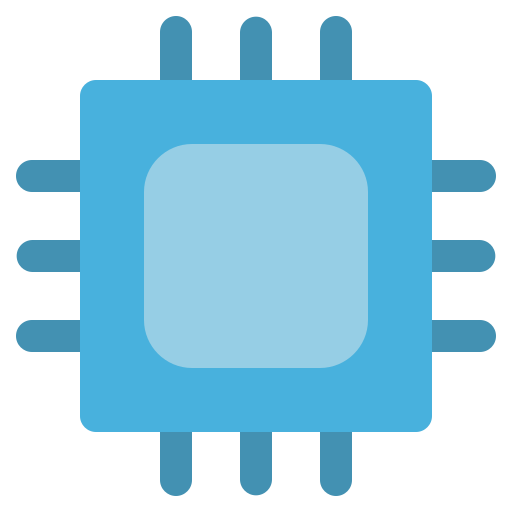

That, but also, I think that ability to upgrade the GPU is likely more important than the CPU, these days. CPU performance and capabilities aren’t changing as quickly as those of the GPU, and there are more non-gaming parallel compute applications coming to the fore. If you want to extend an older computer’s longevity by putting a modern component in, I’d think that the GPU would be more critical.




Yeah, it’s definitely not a complete list of wants above. I don’t personally use pointing sticks, but I totally get the lack of availability driving people who do want it bonkers.
My guess is lack of scale. I mean, the overwhelming bulk of laptops don’t have them either, and Framework is already working at limited scale.
I’m not saying “Framework is bad people” – they gotta work with what they have. But, like…for their current build, I remember reading a blog post about how they were using rounded-edge screens that they found a large batch of that someone else wanted for something else to try to compensate for their lack of scale and bring prices down. They already have to struggle with scale issues that large laptop manufacturers don’t.
Every individual option that they have to go engineer up is gonna add cost, and that has to be paid for by spreading the cost over a relatively-small number of laptops. That’s why you’d want something like Intel putting out a standardized laptop form factor, though – if all laptops support a standardized “laptop keyboard” form factor, then suddenly you have an enormous amount of scale available, anyone can just buy and snap into place a new laptop keyboard with a pointing stick, and suddenly, anyone making these things has a huge amount of scale, because they’re designing the thing for laptops from a wide range of vendors, instead of just for one small laptop vendor.
FYI, if you can tolerate hauling around an external keyboard — and unless your laptop is a hybrid tablet that lets you swivel the keyboard out of the way, getting its internal keyboard out of the way means having to put the laptop on a stand, haul around and use an external display instead of the built in one, or shove the built-in display back further than where you’d want it relative to your eyes — it’s possible to get an external keyboard with a pointing stick. I just had a comment the other day that listed several USB keyboards that provide this. It was, unfortunately, in someone’s troll post on !trackballs@discuss.tchncs.de and so the whole post got deleted, so I can’t link to it, but here’s a copy: